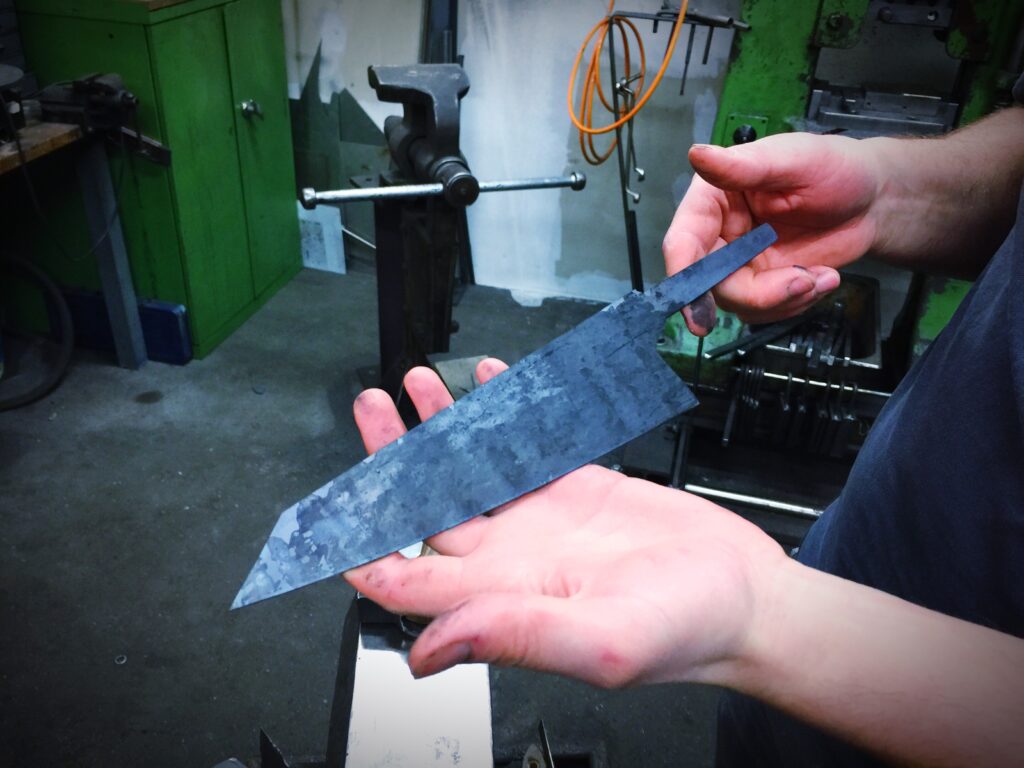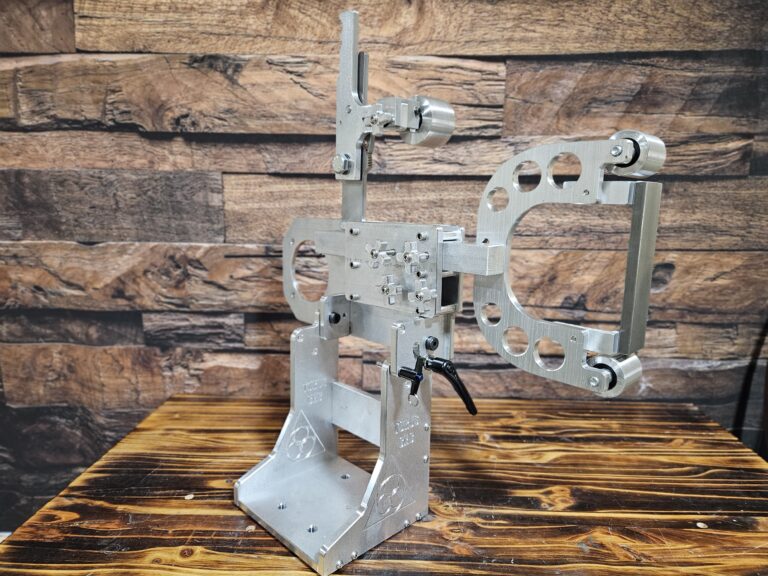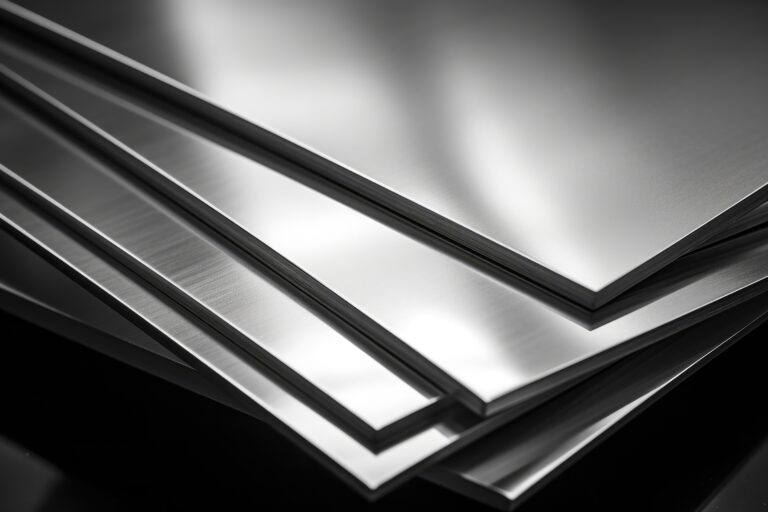Speed control is a fundamental aspect of mechanical systems, particularly in applications involving motors and machinery. It refers to the methods and technologies used to regulate the rotational speed of a motor or the speed of a machine’s components. The ability to control speed is crucial for optimizing performance, enhancing efficiency, and ensuring safety in various industrial processes.
Speed control can be achieved through various means, including mechanical systems like gears and pulleys, as well as electronic systems such as Variable Frequency Drives (VFDs). Mechanical speed control methods, such as using gears or pulleys, rely on physical alterations to the system’s configuration to achieve desired speeds. In contrast, electronic methods like VFDs manipulate the electrical input to the motor, allowing for more precise and flexible control.
Understanding these basic principles of speed control is essential for selecting the right technology for specific applications, as each method has its own set of advantages and limitations.
Key Takeaways
- Understanding the Basics of Speed Control: Speed control is essential for optimizing performance and efficiency in various applications.
- The Advantages of Offset Pulleys: Offset pulleys offer cost-effective speed control and are ideal for applications with constant speed requirements.
- The Advantages of Variable Frequency Drives (VFD): VFDs provide precise speed control, energy savings, and are suitable for applications with varying speed requirements.
- Cost Comparison: Offset Pulleys vs VFD: Offset pulleys are generally more cost-effective upfront, while VFDs offer long-term energy savings and operational cost benefits.
- Energy Efficiency: Offset Pulleys vs VFD: VFDs are more energy-efficient than offset pulleys, resulting in lower energy consumption and operational costs over time.
The Advantages of Offset Pulleys
Offset pulleys are a traditional mechanical solution for speed control that have been utilized in various industries for decades. One of the primary advantages of offset pulleys is their simplicity and reliability. These systems consist of a series of pulleys that can be adjusted to change the speed of a connected shaft.
This mechanical approach does not require complex electronics or programming, making it easier to implement and maintain. Additionally, offset pulleys are often less expensive upfront compared to electronic solutions, making them an attractive option for budget-conscious projects. Another significant advantage of offset pulleys is their robustness.
Mechanical systems are generally less susceptible to electrical failures or software glitches that can occur with electronic controls. This reliability is particularly important in environments where downtime can lead to significant losses. Furthermore, offset pulleys can be designed to handle high torque applications, making them suitable for heavy-duty machinery where durability is paramount.
Their straightforward design also allows for easy adjustments, enabling operators to quickly change speeds as needed without extensive training or technical knowledge.
The Advantages of Variable Frequency Drives (VFD)
Variable Frequency Drives (VFDs) represent a modern approach to speed control that offers numerous advantages over traditional mechanical methods. One of the most significant benefits of VFDs is their ability to provide precise speed control across a wide range of operating conditions. By adjusting the frequency and voltage supplied to the motor, VFDs can fine-tune the motor’s speed with remarkable accuracy.
This level of control not only enhances performance but also contributes to energy savings by allowing motors to operate at optimal speeds for specific tasks. In addition to precision, VFDs offer advanced features such as programmable settings and integration with automation systems. This flexibility allows for sophisticated control strategies that can adapt to changing operational requirements.
For instance, VFDs can be programmed to ramp up or down speeds gradually, reducing mechanical stress and extending the lifespan of both the motor and connected equipment. Moreover, VFDs can provide real-time monitoring and diagnostics, enabling operators to identify issues before they escalate into costly problems. This combination of precision, flexibility, and monitoring capabilities makes VFDs an increasingly popular choice in modern industrial applications.
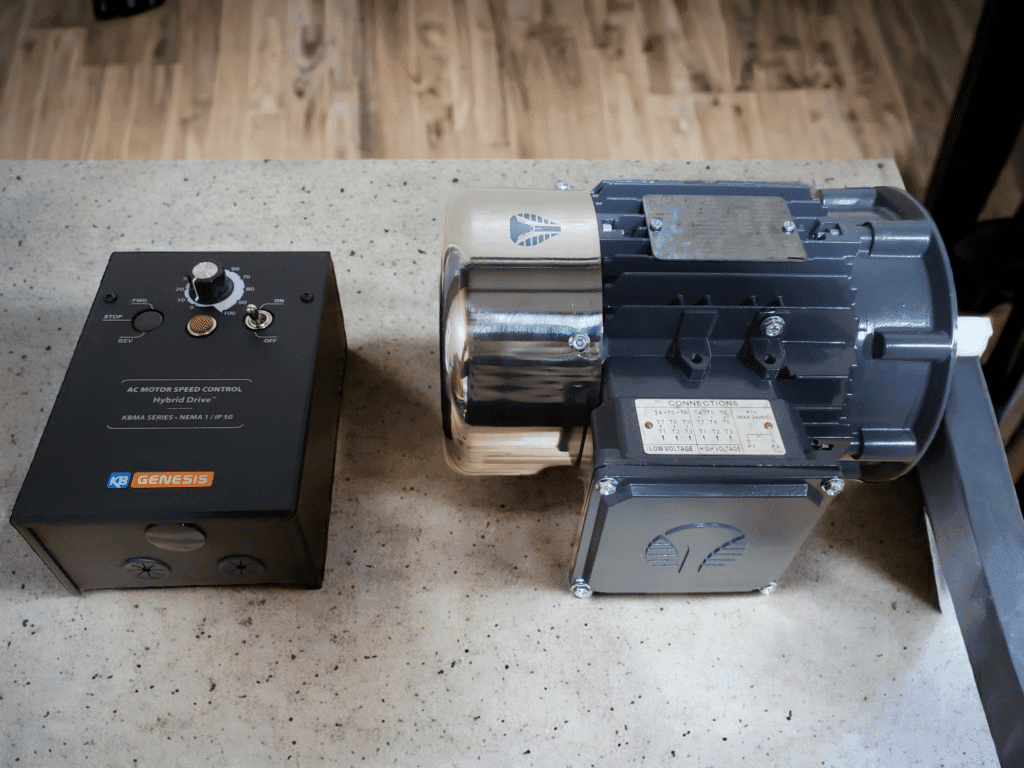
Considerations for Different Applications
When selecting between offset pulleys and VFDs for speed control, it is essential to consider the specific requirements of the application at hand. For instance, in applications where simplicity and cost-effectiveness are paramount, offset pulleys may be the preferred choice. They are particularly well-suited for straightforward tasks where precise speed adjustments are not critical.
Industries such as agriculture or basic manufacturing may find offset pulleys sufficient for their needs, especially when operating under consistent load conditions. Conversely, applications that demand high precision and adaptability may benefit more from VFD technology. Industries such as HVAC, conveyor systems, and robotics often require dynamic speed adjustments based on varying loads and operational conditions.
In these scenarios, the advanced capabilities of VFDs can lead to improved efficiency and performance. Additionally, environments where energy consumption is a significant concern may favor VFDs due to their ability to optimize motor operation and reduce energy waste.
Cost Comparison: Offset Pulleys vs VFD
Cost is a critical factor when evaluating speed control options, and both offset pulleys and VFDs come with their own financial implications. Offset pulleys typically have lower initial costs due to their simpler mechanical design and lack of electronic components. This makes them an attractive option for projects with tight budgets or those that do not require advanced features.
However, while the upfront investment may be lower, it is essential to consider long-term costs associated with maintenance and energy consumption. On the other hand, VFDs generally involve higher initial costs due to their complex electronics and programming requirements. However, they can lead to significant savings over time through improved energy efficiency and reduced wear on motors and machinery.
The ability to fine-tune motor speeds can also result in lower operational costs in applications with variable loads. Ultimately, while offset pulleys may seem more economical at first glance, a comprehensive cost analysis should consider both initial investments and long-term operational expenses.
Energy Efficiency: Offset Pulleys vs VFD
Energy efficiency is a crucial consideration in today’s industrial landscape, where reducing energy consumption can lead to substantial cost savings and environmental benefits. When comparing offset pulleys and VFDs in terms of energy efficiency, VFDs generally come out on top. By allowing motors to operate at optimal speeds based on real-time demand, VFDs minimize energy waste associated with running motors at full speed when not necessary.
This capability is particularly beneficial in applications with fluctuating loads or varying operational requirements. In contrast, offset pulleys do not offer the same level of energy optimization. While they can effectively change speeds mechanically, they do not adjust motor input based on load conditions.
As a result, motors may run inefficiently at times when full power is not required, leading to higher energy consumption overall. For industries focused on sustainability and reducing their carbon footprint, investing in VFD technology can yield significant long-term benefits in energy efficiency.
Maintenance and Longevity: Offset Pulleys vs VFD
Maintenance requirements and equipment longevity are vital considerations when choosing between offset pulleys and VFDs for speed control applications. Offset pulleys are known for their durability and low maintenance needs due to their simple mechanical design. With fewer components that can fail or require calibration, these systems often have longer lifespans in stable operating conditions.
Regular inspections and occasional lubrication are typically sufficient to keep offset pulley systems running smoothly. In contrast, VFDs require more attention due to their electronic components and potential for software-related issues. While modern VFDs are designed for reliability, they still necessitate periodic maintenance checks to ensure optimal performance.
This includes monitoring electrical connections, updating software as needed, and addressing any diagnostic alerts that may arise during operation. Although VFDs may have a shorter lifespan compared to well-maintained mechanical systems under certain conditions, their advanced features can enhance overall system longevity by reducing wear on motors through controlled operation.
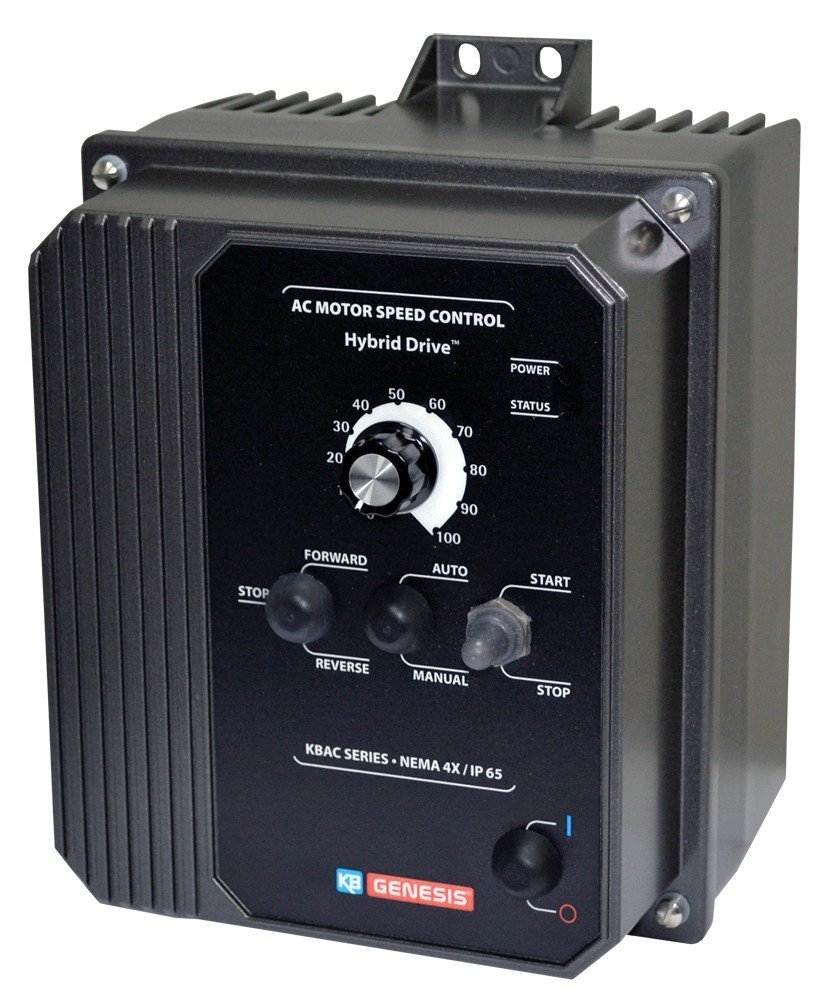
Noise and Vibration: Offset Pulleys vs VFD
Noise and vibration levels are important factors that can impact workplace safety and comfort in industrial settings. When comparing offset pulleys and VFDs in this regard, it is essential to recognize that both systems have distinct characteristics that influence their performance in terms of noise generation and vibration levels. Offset pulleys tend to produce more mechanical noise due to the physical movement of components within the system.
The interaction between belts and pulleys can create vibrations that may lead to increased wear over time if not properly managed. In environments where noise reduction is a priority—such as in residential areas or sensitive manufacturing facilities—this aspect may be a significant drawback. On the other hand, VFDs typically operate more quietly than mechanical systems because they rely on electronic controls rather than physical movement for speed adjustments.
The smooth acceleration and deceleration capabilities of VFDs help minimize sudden changes in speed that can generate noise and vibrations. This makes them an appealing choice for applications where maintaining a quiet working environment is essential.
Installation and Space Requirements: Offset Pulleys vs VFD
The installation process and space requirements for offset pulleys versus VFDs can significantly influence the decision-making process for many businesses. Offset pulleys generally require less space since they consist of fewer components and do not need extensive electrical infrastructure. Their straightforward installation process often allows for quick setup without specialized training or tools, making them suitable for smaller facilities or retrofitting existing machinery.
In contrast, installing a Variable Frequency Drive typically requires more space due to additional components such as control panels, wiring, and cooling systems. The complexity of integrating a VFD into existing machinery may also necessitate professional installation services or specialized knowledge from technicians familiar with electrical systems. While this added complexity can be a barrier for some businesses, it is essential to weigh these factors against the potential benefits offered by VFD technology.
Flexibility and Control: Offset Pulleys vs VFD
Flexibility in operation is another critical consideration when comparing offset pulleys with Variable Frequency Drives. Offset pulleys provide limited flexibility since they rely on fixed mechanical configurations that require manual adjustments for speed changes. While this simplicity can be advantageous in certain applications where consistent speeds are needed, it lacks the adaptability required in dynamic environments where operational demands fluctuate frequently.
In contrast, VFDs excel in providing flexibility and control over motor speeds across a wide range of conditions. Their programmable settings allow operators to customize performance based on specific requirements or changing workloads easily. This adaptability enables businesses to optimize processes efficiently while responding quickly to variations in demand or production schedules.
For industries that prioritize versatility in their operations—such as manufacturing or logistics—VFD technology offers significant advantages over traditional mechanical solutions like offset pulleys.
Making the Right Choice for Your Specific Needs
Ultimately, choosing between offset pulleys and Variable Frequency Drives requires careful consideration of various factors specific to your application needs. Each technology has its strengths and weaknesses that must align with your operational goals, budget constraints, energy efficiency targets, maintenance capabilities, noise considerations, installation requirements, and desired flexibility. For businesses focused on simplicity, cost-effectiveness, and reliability in stable environments with consistent loads, offset pulleys may be the ideal solution.
Conversely, if your operations demand precision control over varying loads while prioritizing energy efficiency and adaptability—especially in dynamic industrial settings—investing in Variable Frequency Drives could yield substantial long-term benefits. By thoroughly evaluating these aspects against your unique requirements, you can make an informed decision that enhances productivity while optimizing performance across your operations.
FAQs
What are offset pulleys?
Offset pulleys are a type of pulley system used for speed control in mechanical systems. They consist of two pulleys of different diameters connected by a belt. By adjusting the position of the belt on the pulleys, the speed of the driven pulley can be varied.
What is a VFD?
A VFD, or Variable Frequency Drive, is a type of motor controller that varies the frequency and voltage supplied to an electric motor to control its speed and torque.
How do offset pulleys and VFDs compare in terms of speed control?
Offset pulleys provide speed control by manually adjusting the position of the belt on the pulleys, while VFDs provide precise and automated speed control by adjusting the frequency and voltage supplied to the motor.
What are the advantages of using offset pulleys for speed control?
Offset pulleys are simple and cost-effective, making them suitable for basic speed control applications. They also do not require complex electrical systems or programming.
What are the advantages of using VFDs for speed control?
VFDs offer precise and automated speed control, energy savings, and the ability to ramp up or down the speed of the motor smoothly. They also provide additional features such as overload protection and diagnostic capabilities.
What are the limitations of using offset pulleys for speed control?
Offset pulleys require manual adjustment and are not suitable for applications that require precise and automated speed control. They also do not offer the energy savings and additional features provided by VFDs.
What are the limitations of using VFDs for speed control?
VFDs are more complex and expensive than offset pulleys, and they require electrical expertise for installation and programming. They may also generate harmonics and require additional filtering equipment.


